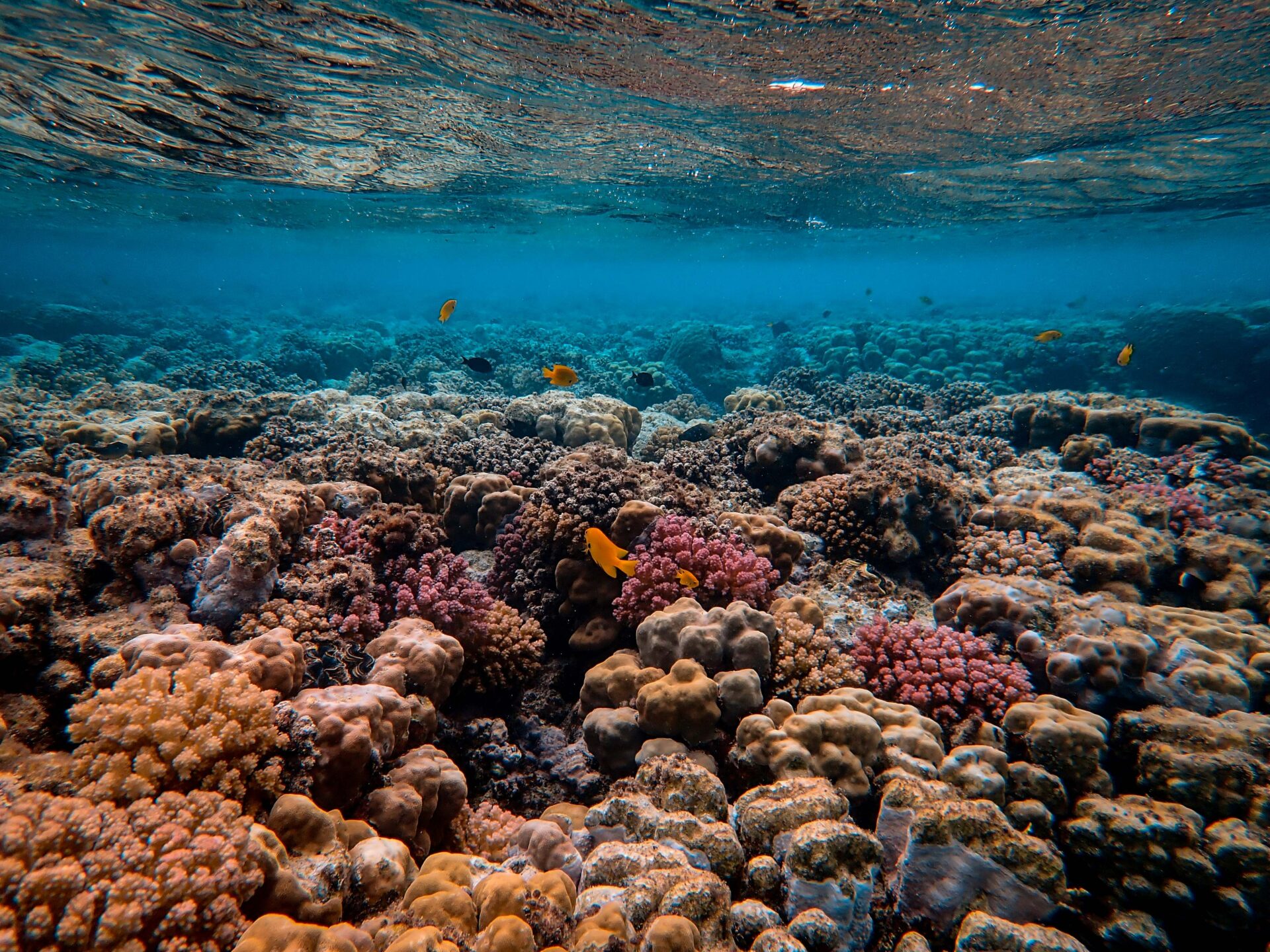Galapagos National Park in Ecuador is trying out several different procedures for corals replanting. They are trying to replant corals to restore underwater ecosystems nearby the famous islands. The Galapagos ecosystem is fragile due to climate change that influences on dying of coral reefs.
The experimental project enacts in a bay on the island of Santa Cruz. Park keepers and volunteers conducted the project.
They have support from the Galapagos Conservancy.
Nurseries for corals replanting
They have examined how coral reproduces when placed on varying surfaces since 2020. The activists from Ecuador are placing the corals on bricks or cement surfaces, or putting them on metal frames to see if they will reproduce. It is a kind of nursery the corals pass before to add them to the bay itself.
Park rangers say they can see improvements around the coral nursery. Manifested improvements are the appearance of new fish and invertebrates. The park ranger Jenifer Suarez, who leads the project, takes care of daily data on the positive changes that occurred these last two years.
El Nino phenomenon caused climate change that urged corals to replant
Decreasing of coral reefs breaks the food chain in the ocean. It is considered a major climate-critical issue. In the case of the Galapagos coral reef, the El Nino phenomenon caused climate change. El Nino phenomenon increased the sea temperature around Galapagos. Rising temperatures cause a die-off of the corals.
Scientists worldwide carefully watch for coral reefs not to pass the point of no return. For more than a decade, climate researchers monitored 16 “tipping points” or the so-called “environmental thresholds” beyond which the global climate system could go toward a dangerous and irreversible state. One of these tipping points is Galapagos coral reefs.
Researchers are trying to calculate how much global warming will take for endangered species to go beyond these thresholds of not turning back.
The die-off of coral reefs is one of 16 “tipping points”
The Paris Agreement of 2015 aims to keep the temperature rising below 2 degrees Celsius. This is supposed to prevent the worst consequences of climate change. Yet, a new analysis of more than 200 research papers finds it is possible the world could hit some of these thresholds at the current level of warming. Global warming now is 1.1 degree Celsius.
Scientific findings based on these researches are that lack of urgent action will cause five of the 16 tipping points could happen now. One of the tipping points is the die-off of coral reefs and that is why replanting corals is important. The other tipping points encompass the disintegration of the ice covers on the West Antarctic and Greenland, and abrupt permafrost thaw.

